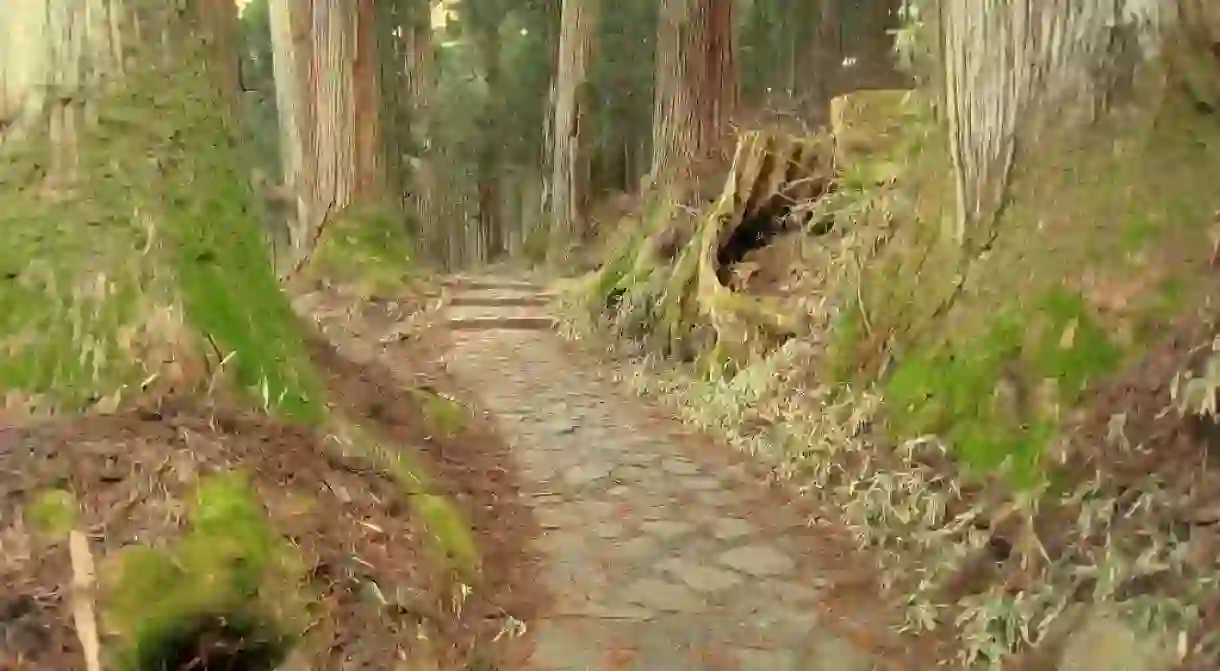Nikko: A Guide to the Perfect Weekend Escape from Tokyo

With a history as deep as the roots of its ancient cedars, and unspoiled natural beauty as far as the eye can see, it’s no wonder that Nikko is a favorite weekend escape for the city dwellers of nearby Tokyo.
Getting there
Take the Tobu Line from Asakusa or Ginza Stations to get to Nikko in approximately two hours on the rapid trains. Trains depart approximately once every hour and cost around 1400 yen (US$13). Seats are unreserved. For reserved seating, limited express trains depart in the morning and afternoon, but will cost more. Another option is the JR Tohoku Shinkansen from Tokyo Station. Get off at Utsunomiya Station and transfer to the local JR Nikko Line. The shinkansen from Tokyo will cost around 5,000 yen (US$46).

Stay
The Okunoin Hotel Tokugawa is a great choice for those who need more luxurious accommodations. The on-site restaurant serves local cuisines so guests can immerse themselves in the culture, while the indoor-outdoor onsen is the perfect escape in any season. Meanwhile, Rindo-no-le is a minshuku (a small ryokan, much like a bed and breakfast) that offers modest Japanese-style rooms, optional meals and authentic Japanese hospitality at a lower price point.
Getting around
Visitors to Nikko will be pleased to discover that many of the region’s top sights are within walking distance to one another. Take the World Heritage Meguri Loop Bus from JR Nikko Station or the Tobu Nikko Station for easy access to the sites. You can purchase a two-day bus pass from Tobu Nikko Station. Remember that museums, shrines, and tombs will have their own separate entrance fees.

See
Get off at the Omotesando bus station and make your way to Shin-kyo, the red bridge crossing that will give you an introduction to the natural beauty of Nikko. Then on to Rinno-ji. Rinno-ji is the primary Buddhist temple in Nikko. Be sure to check out nearby Homotsu-den, a museum of Edo-era artifacts and exhibits. Also on the grounds is the Shoyo-en, a picturesque Japanese garden that’s at its best in fall.

Tosho-gu is the highlight of any trip to Nikko. This beautiful Shinto shrine also houses the sacred tomb of Ieyasu Tokugawa, former Shogun of Japan. Nearby is Futarasan-jinja. The building that houses this shrine is Nikko’s oldest, constructed in 1619. Futarasan-jinja is dedicated to the kami of the nearby mountains, Nantai-san, Nyotai-san, and Taro, the collective protectors of Nikko. The Futarasan-jinja, Tosho-gu, and Rinno-ji make up the bulk of the UNESCO World Heritage Site designations for “The Temples and Shrines of Nikko.”

The natural beauty of Nikko National Park is one of the main draws of the region, so be sure to set time aside to appreciate it. Take the Yumoto Onsen bus line to Chuzenji Onsen, a small hot spring town. From here, you can easily make your way to Lake Chuzenji and Kegon Falls. Lake Chuzenji pools at the foot of the sacred Mount Nantai, while Kegon Falls was voted one of Japan’s most beautiful waterfalls.













